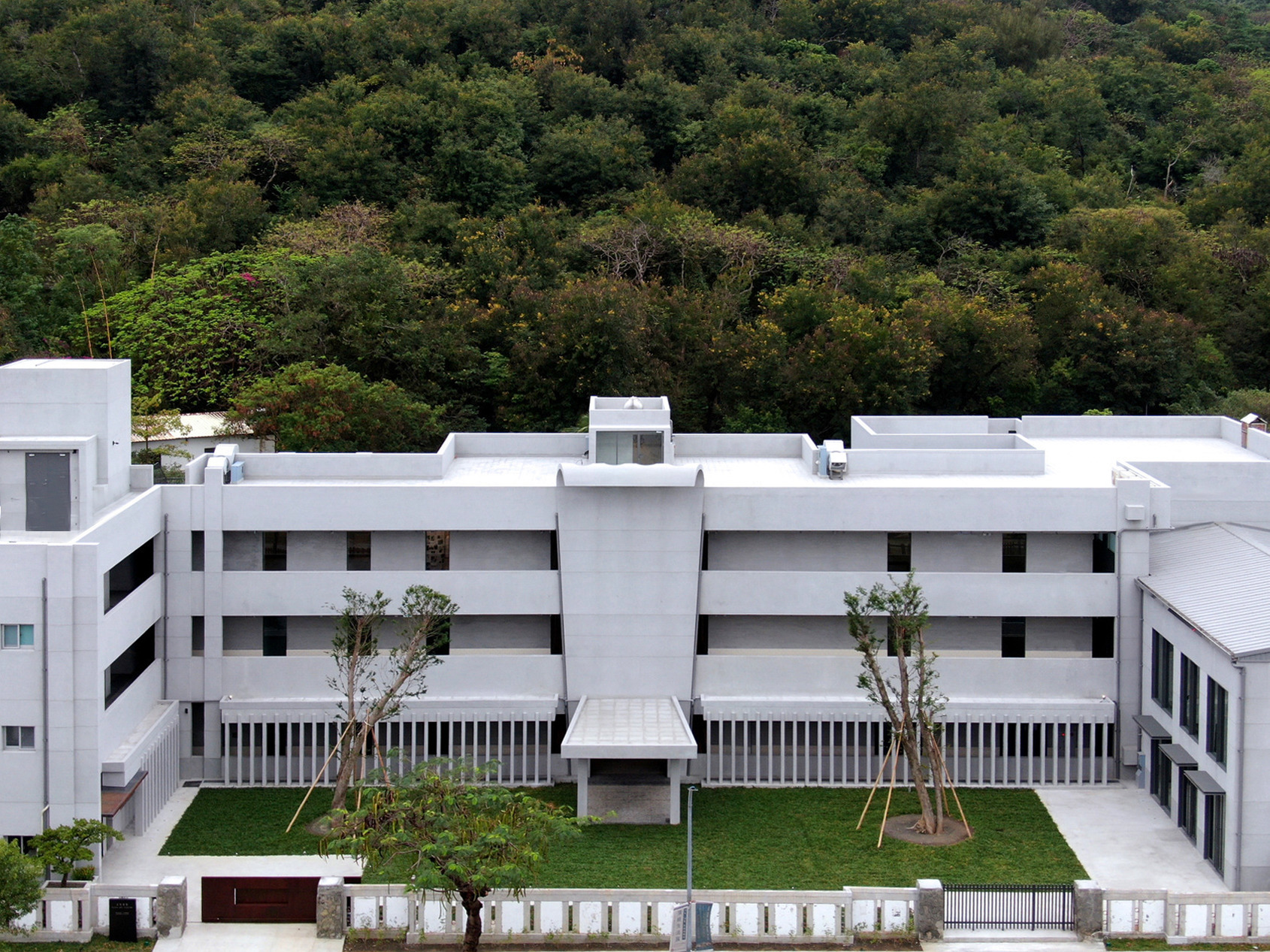
The ALIEN Art Centre was formerly known as the Kin-Ma Military Hostel. It was built in 1967 as a transit station for the National Army soldiers to Kinmen and the Matsu Front Line. By the end of the Cold War, the hostel was left in the late 1990s. In 2016, ALIEN Art took over the new mission and carried out renovation and history investigation for two year, restoring the architectural style of eclecticism and preserved the meaningful history. The Kin-Ma Military Hostel was re-launched as ALIEN Art Centre since November 2018, transforming into the cradle of the contemporary art form in the modern time.
Background
The year after the August 23 artillery battle (1959), the Kaohsiung city government began working on plans to build the Kin-Ma Military Hostel as a rest stop for military personnel on their way to the front lines. As the land was originally a fishpond, it would take some time to prepare the soil, a wait that ended up taking a decade. When the wait was finally over, two Kin-Ma Military Hostel, in Kaohsiung and Keelung, were completed in 1967. The word “Kin” and “Ma” represents the outlying islands Kinmen and Matsu, the front line between Taiwan and China during the Cold War. The boundary held the spirit similar to that of the Berlin Wall and the 38.5th Parallel Line that separates North and South Korea. What the hostel stood for was gradually forgotten by the world, as time went by and the political and economic situations changed.
Those soldiers who drew assignments on Kinmen and Penghu arrived by bus from points all over Taiwan at the Kaohsiung Kin-Ma Military Hostel, where they waited for clear weather. Hearts filled with anxiety, they boarded military cruisers on wobbly legs for their distant destination, screwing up as much courage as possible no matter how deep their trepidation. Between 1967 and 1998, the Kin-Ma Military Hostel were way stations for troops headed off to military duty, as well as the site of joyous reunions with family after successful completion of military service. The Kin-Ma Military Hostel in Keelung having been demolished, yet this historical time is left to the Kin-Ma Military Hostel in Kaohsiung to keep alive.
Following the end of the Cold War, in 1998 the Kaohsiung Kin-Ma Military Hostel was handed over to the Ministry of Transportation Railway Reconstruction Bureau, serving as the command center for the Kaohsiung railway underground construction project until the bureau’s relocation in 2012. In 2016 the Kaohsiung Urban Development Bureau solicited open bids; ALIEN Art Co. Ltd undertook the rights to preserve the property, conducting the restoration work and operation. Following two years of preparation and restoration, the Kin-Ma Military Hostel was reborn as the ALIEN Art Centre in 2018.
Renovation
In 2016, ALIEN Art undertook the restoration of the Kin-Ma Military Hostel, committed to reinstating its historical significance. Embracing traditional craftsmanship, ALIEN Art engaged skilled artisans to meticulously recreate the polished stonework and washed rock face textures of the era. They transformed the previously enclosed structures into open, fluid spaces, redesigning the original U-shaped corridor into a square layout. Additionally, they integrated abundant greenery and thoughtful landscape design. Through reduction, addition, open planning, and coverage, ALIEN brings light into the rooms through the openings on windows and doors along corridors. The new face simplicity and tranquility resonates with the forests. Those who stand in the building and look out from inside can find every corner picturesque to their eyes.
Significance
Originally completed in 1967, the Kin-Ma Military Hostel is an icon of post-war architecture in Taiwan, incorporating the modern Western architectural minimalism whose development was accelerated by Taiwan’s rapid post-1965 economic growth, along with the quasi-classical style once popular in Taiwan during the Japanese period, as well as various symbols of classical Chinese architecture. Fluid horizontal and vertical lines outline large openings to let in light and circulate the air, while the circular design allows overlapping positive and negative space to bring out a sense of depth, orderly stairways and corridors, and the geometric variations reminiscent of Mies van der Rohe lend a spare, clean structure and an additional functionalist flavor. ALIEN restored the polished stonework and washed rock faces textures characteristic of the era, repaired the corridors with brickwork, and the patterned tiles on the outer wall, preserving the traces of the renovation with the texture of cement.
Architecture Elements
● Dots
circles and holes are key elements of the architecture. Circular or square openings are to be found on decorative window grilles, fences, and light holes.
▌ Lines
beams and columns, flanges, pillars, and wooden handrails connected with mortise and tenon joints; these are all indispensable in supporting the entire building structure. The orderly arranged layout, in a delicate way, combines classical styles with the architectural beauty of the new era.
▓ Planes
with terrazzo floor, pebble-dashed walls, brickwork with unique specs, and peculiar window shape designs, the square-shaped corridor breaks the traditional building layout that features an inverted U-shape courtyard. Large floor-to-ceiling windows placed where doors used to be invite natural light into the rooms.
© photo courtesy of The History Museum of Kaohsiung Kinma Military Hostel, a military monument during 1967-1998.
© photo courtesy of The History Museum of Kaohsiung Those soldiers who drew assignments on Kinmen and Penghu arrived by bus from points all over Taiwan at the Kaohsiung Kin-Ma Military Hostel, where they waited for clear weather, hearts filled with anxiety.
© photo courtesy of The History Museum of Kaohsiung The Kin-Ma Military Hostel were way stations for troops headed off to military duty, as well as the site of joyous reunions with family after successful completion of military service.
© photo courtesy of The History Museum of Kaohsiung Between 1967 and 1998, the Kin-Ma Military Hostel were where military servicemen prepared physically and mentally before heading off, during a time in which the military played a vital role in reassuring the hearts and minds of the people.
© photo courtesy of The History Museum of Kaohsiung The year after the August 23 artillery battle (1959), the Kaohsiung city government began working on plans to build the Kin-Ma Military Hostel as a rest stop for military personnel on their way to the front lines. As the land was originally a fish pond, it would take some time to prepare the soil, a wait that ended up taking a decade. When the wait was finally over, two Kin-Ma Military Hostel, in Kaohsiung and Keelung, were completed in 1967.
© ALIEN Art Centre
© ALIEN Art Centre
© ALIEN Art Centre
© ALIEN Art Centre
© ALIEN Art Centre
© ALIEN Art Centre
© ALIEN Art Centre
© ALIEN Art Centre
© ALIEN Art Centre
© ALIEN Art Centre
© ALIEN Art Centre
© ALIEN Art Centre 永添藝術金馬賓館當代美術館
© ALIEN Art Centre
© ALIEN Art Centre
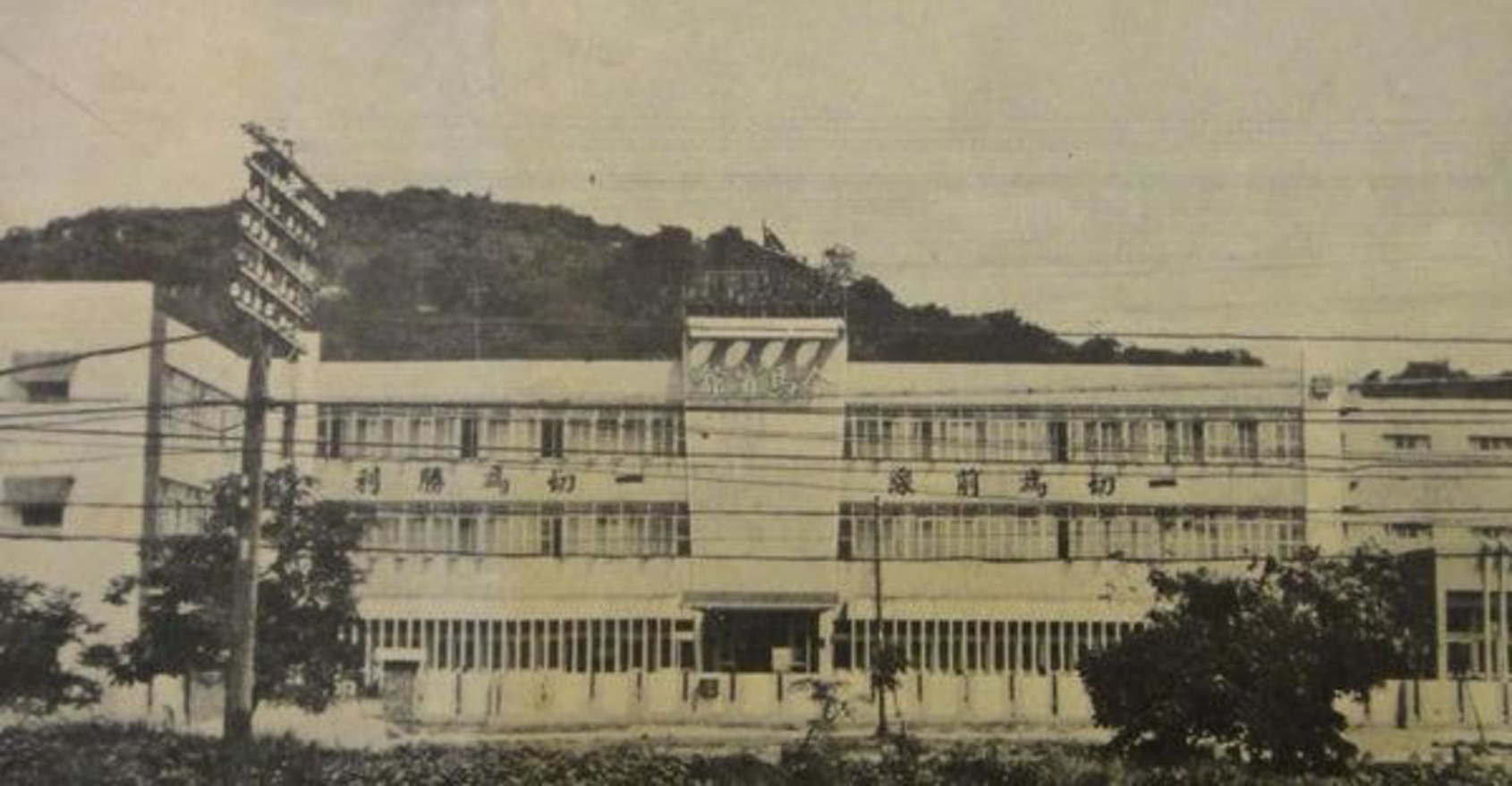
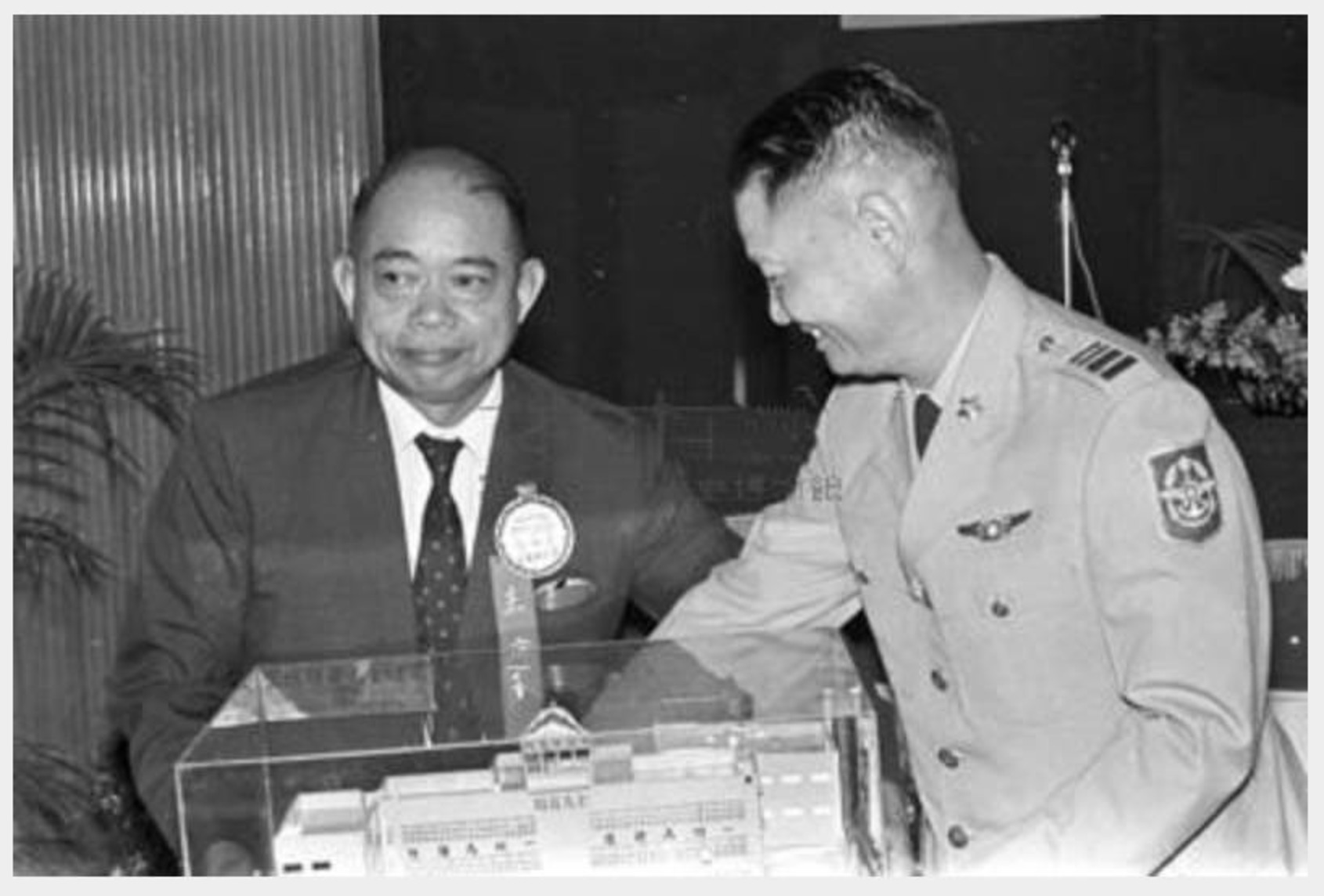
© photo courtesy of The History Museum of Kaohsiung Kinma Military Hostel, a military monument during 1967-1998.
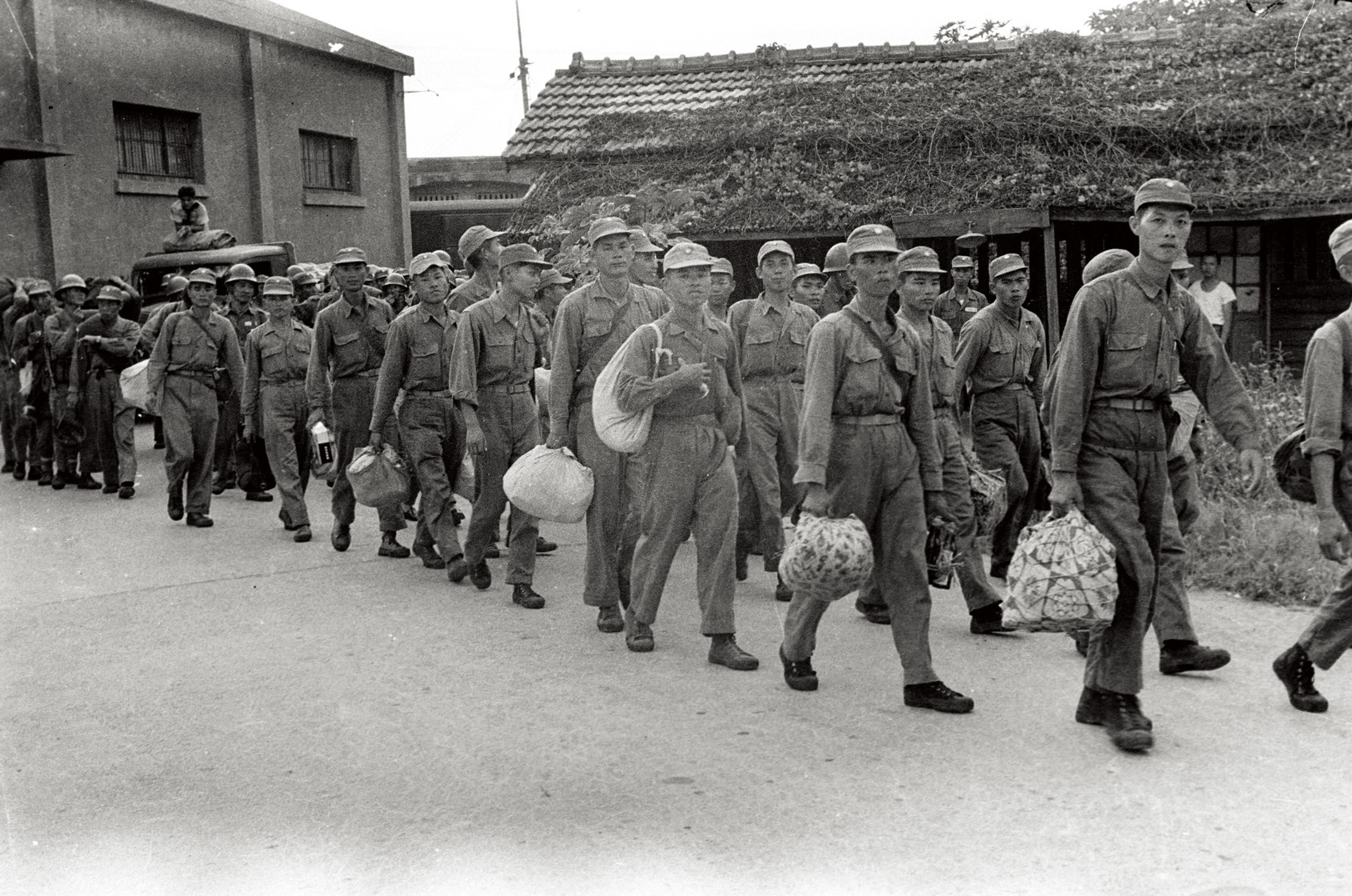
© photo courtesy of The History Museum of Kaohsiung Those soldiers who drew assignments on Kinmen and Penghu arrived by bus from points all over Taiwan at the Kaohsiung Kin-Ma Military Hostel, where they waited for clear weather, hearts filled with anxiety.
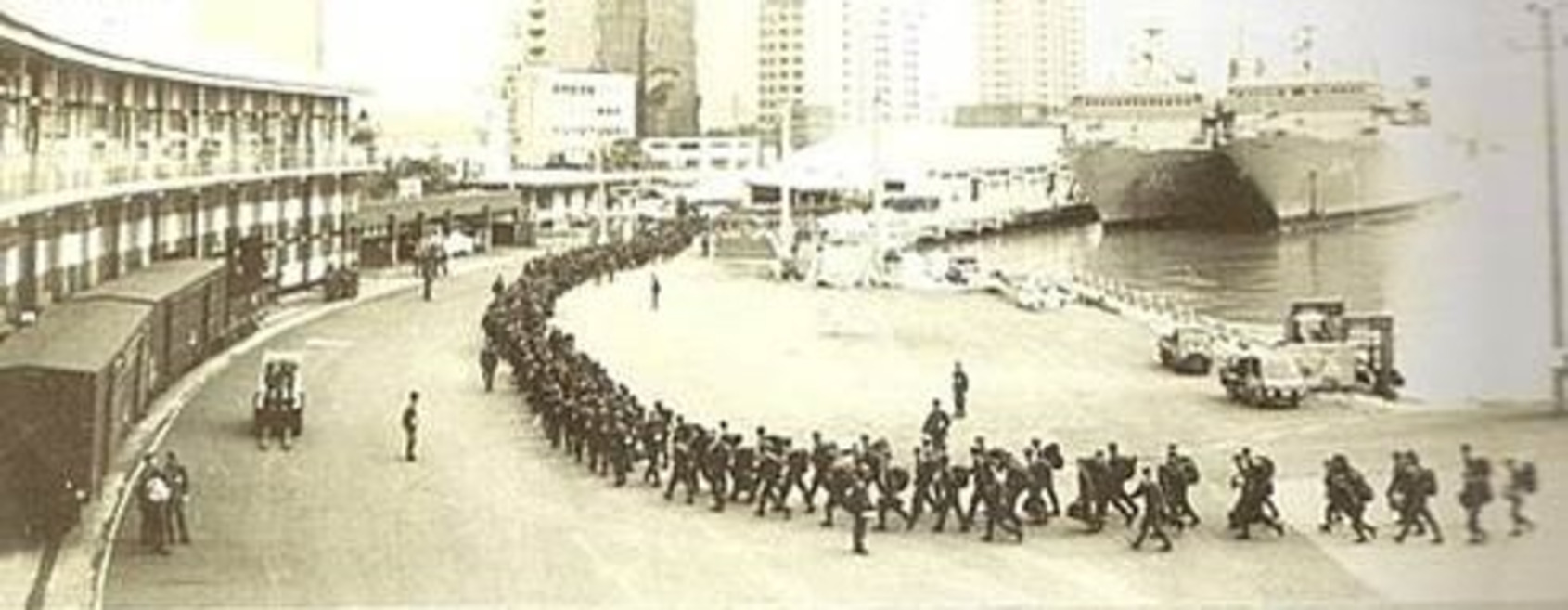
© photo courtesy of The History Museum of Kaohsiung The Kin-Ma Military Hostel were way stations for troops headed off to military duty, as well as the site of joyous reunions with family after successful completion of military service.
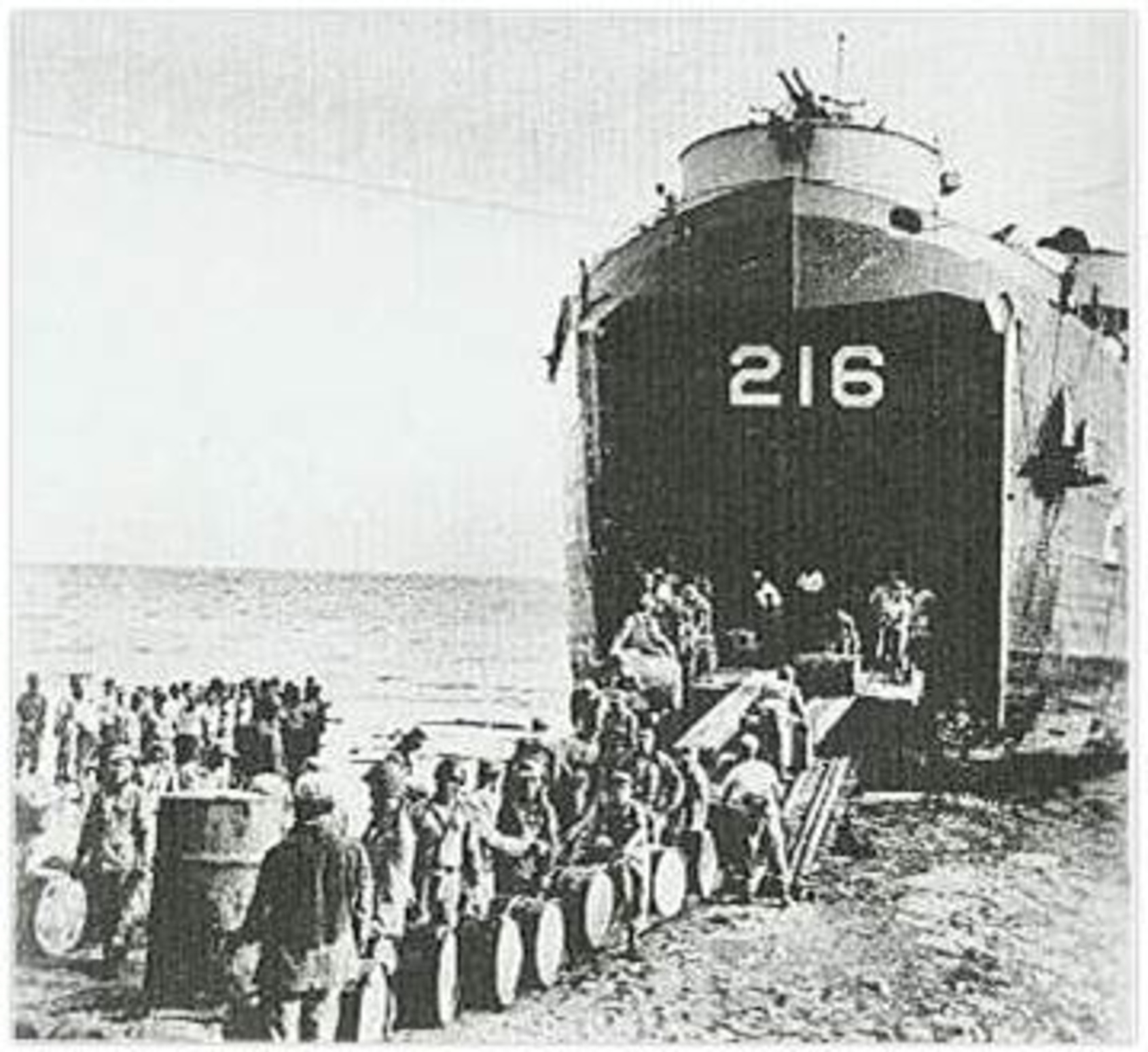
© photo courtesy of The History Museum of Kaohsiung Between 1967 and 1998, the Kin-Ma Military Hostel were where military servicemen prepared physically and mentally before heading off, during a time in which the military played a vital role in reassuring the hearts and minds of the people.
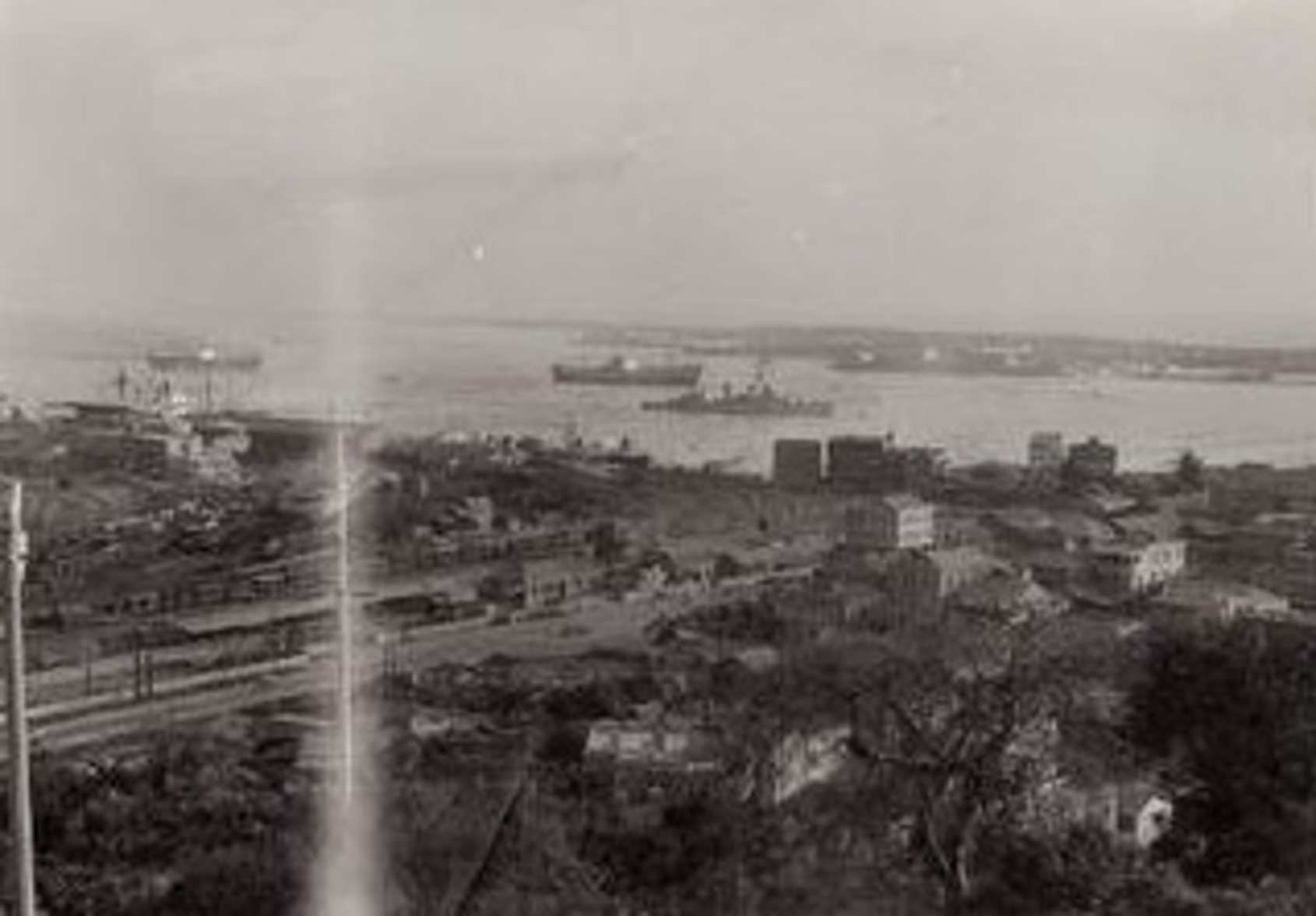
© photo courtesy of The History Museum of Kaohsiung The year after the August 23 artillery battle (1959), the Kaohsiung city government began working on plans to build the Kin-Ma Military Hostel as a rest stop for military personnel on their way to the front lines. As the land was originally a fish pond, it would take some time to prepare the soil, a wait that ended up taking a decade. When the wait was finally over, two Kin-Ma Military Hostel, in Kaohsiung and Keelung, were completed in 1967.
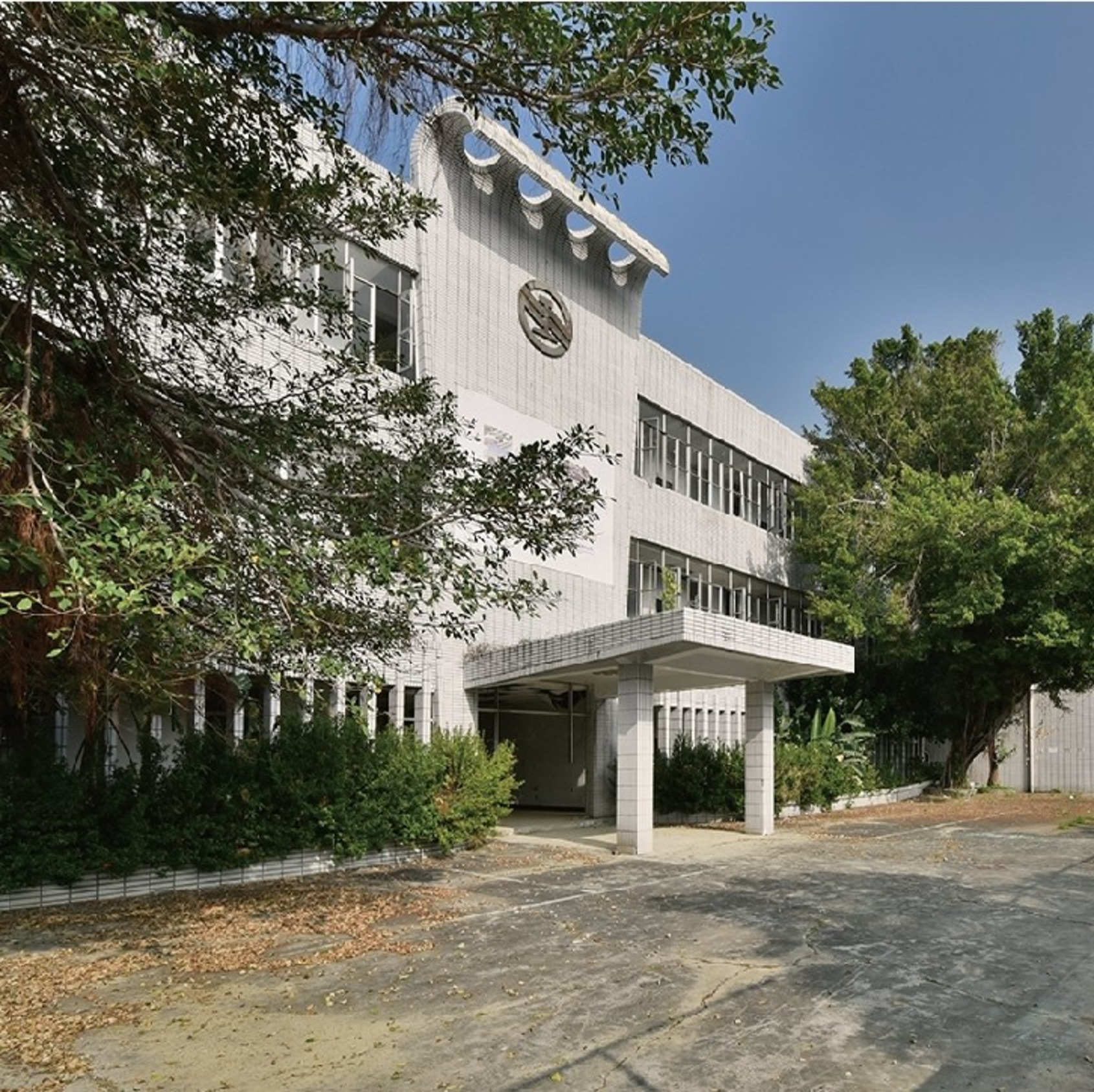
© ALIEN Art Centre
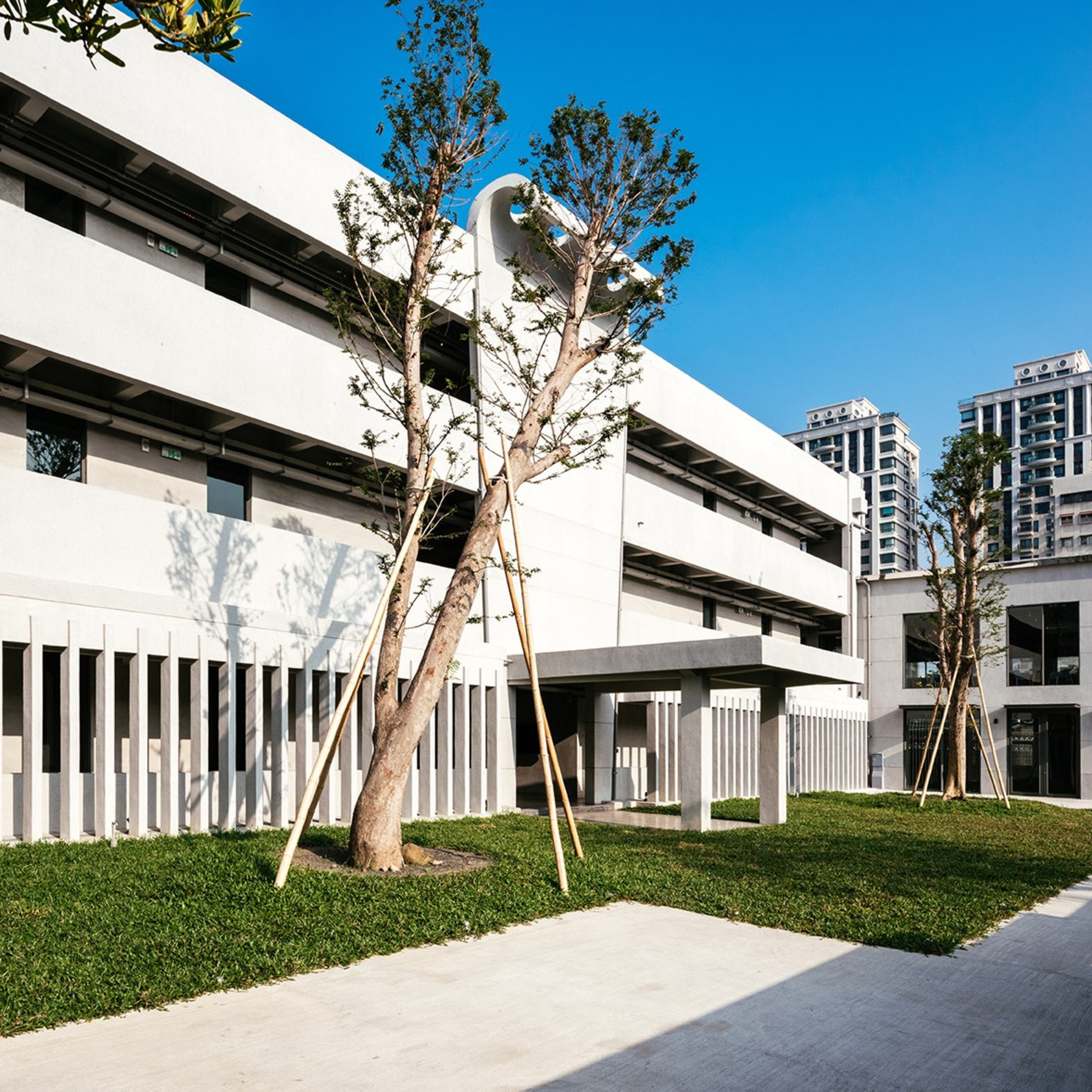
© ALIEN Art Centre
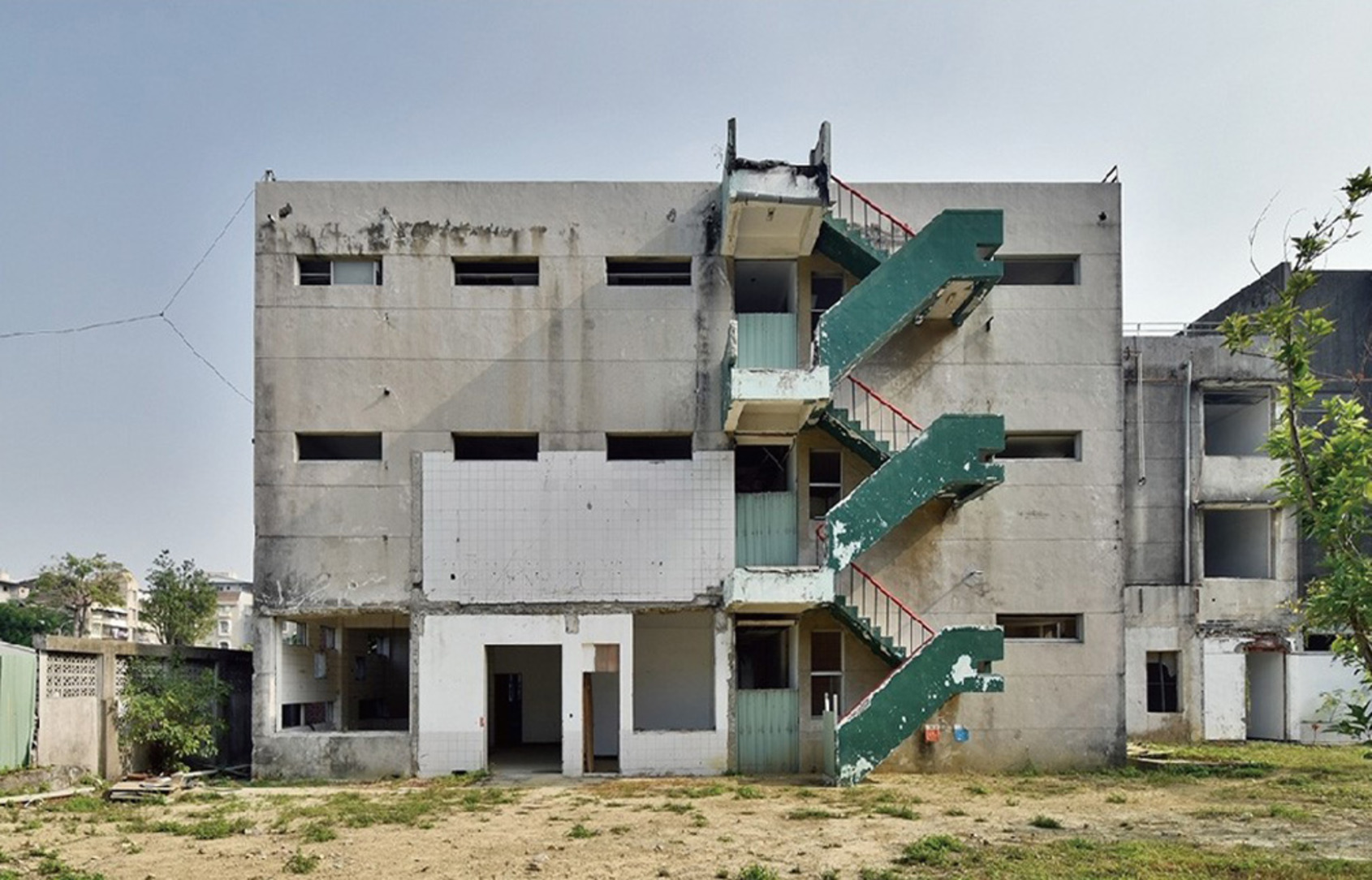
© ALIEN Art Centre
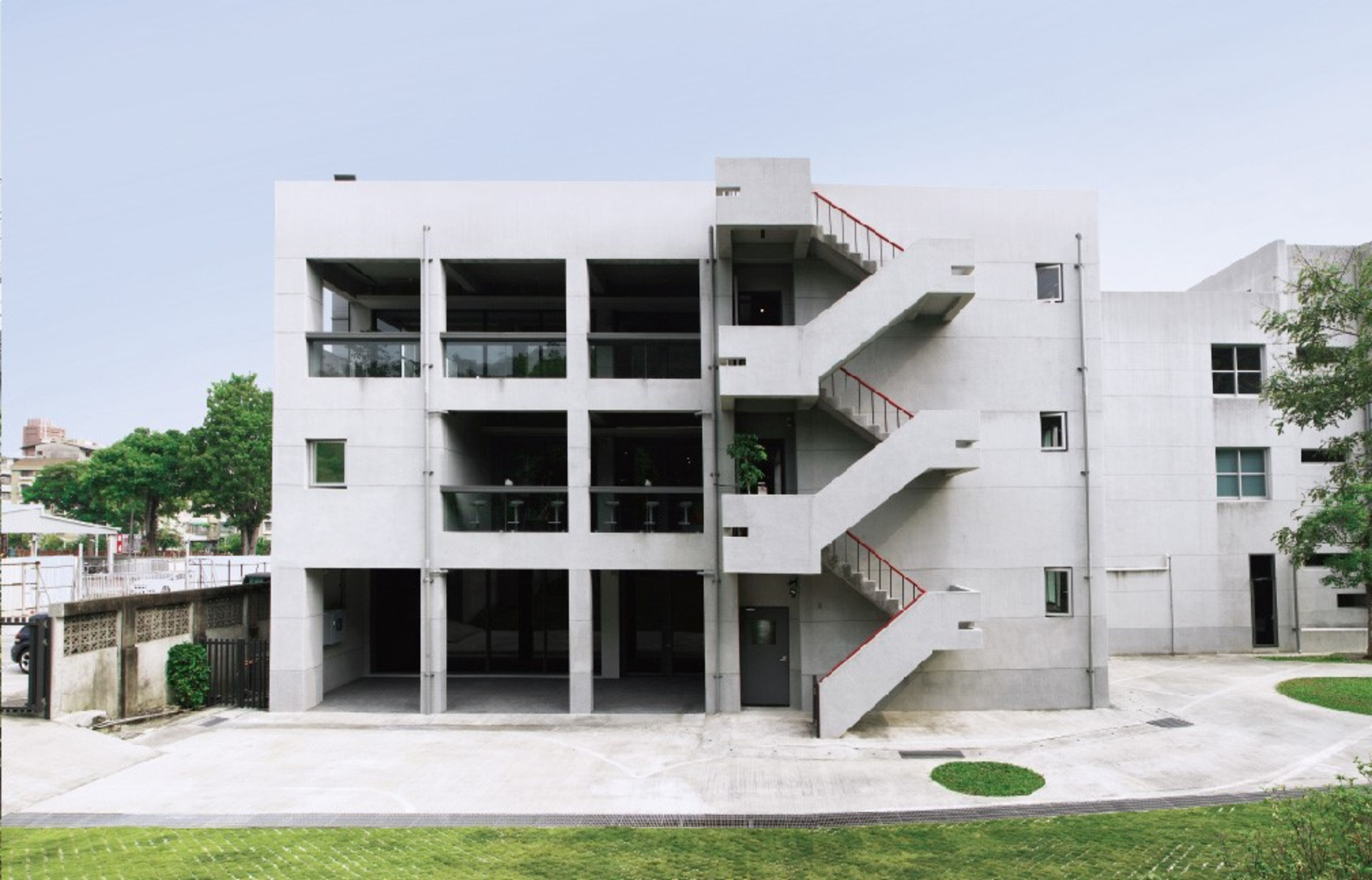
© ALIEN Art Centre
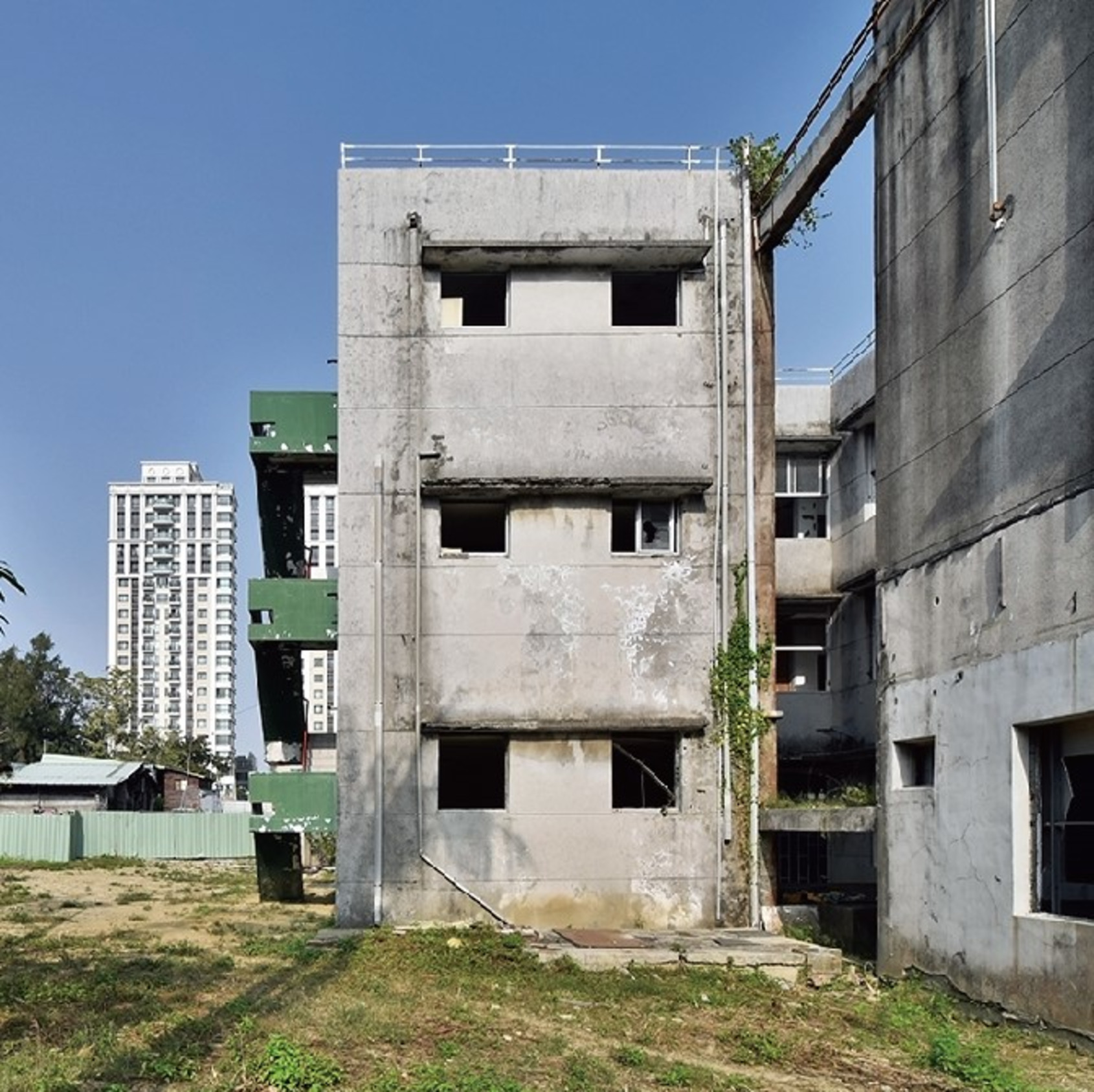
© ALIEN Art Centre
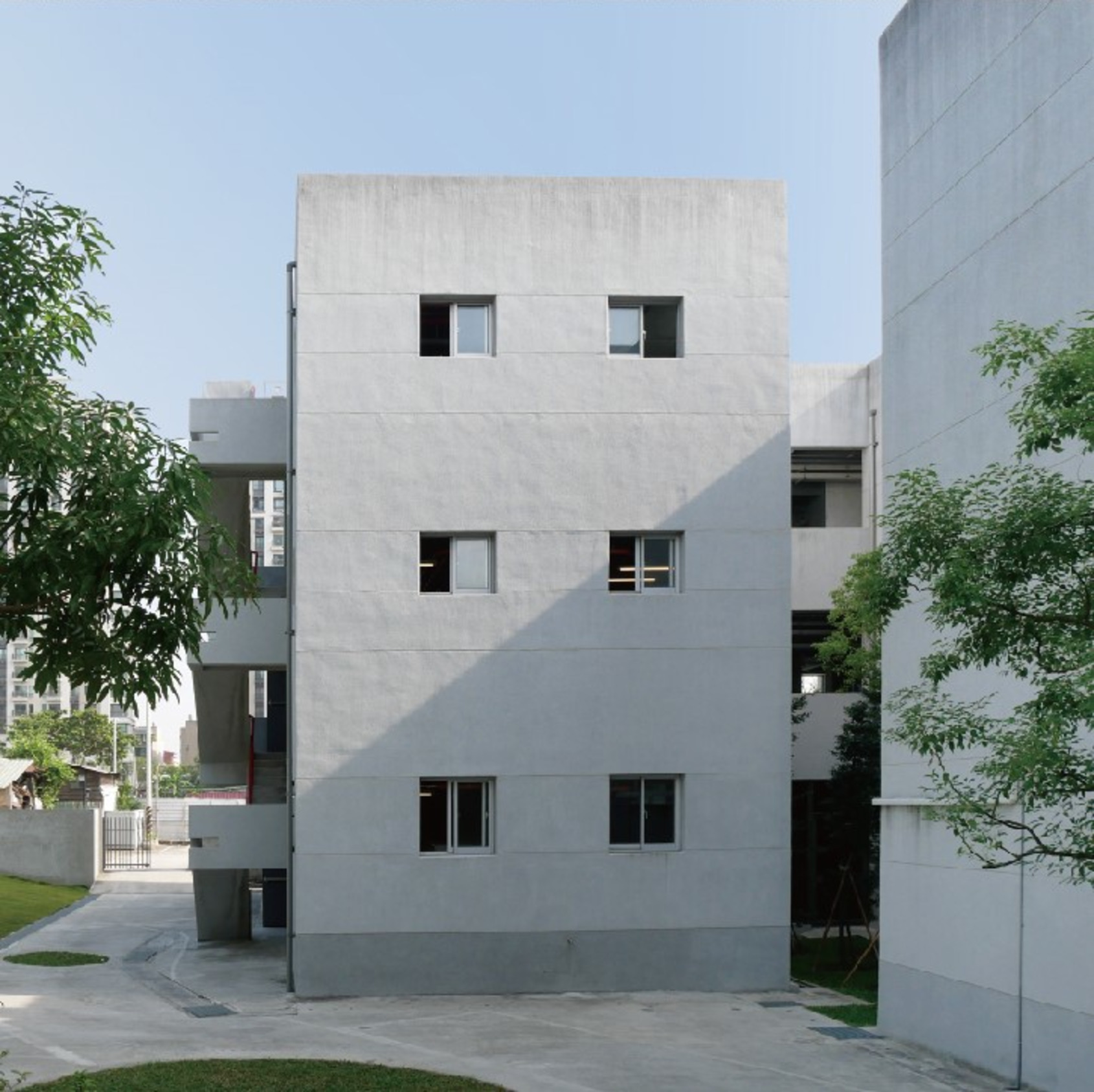
© ALIEN Art Centre
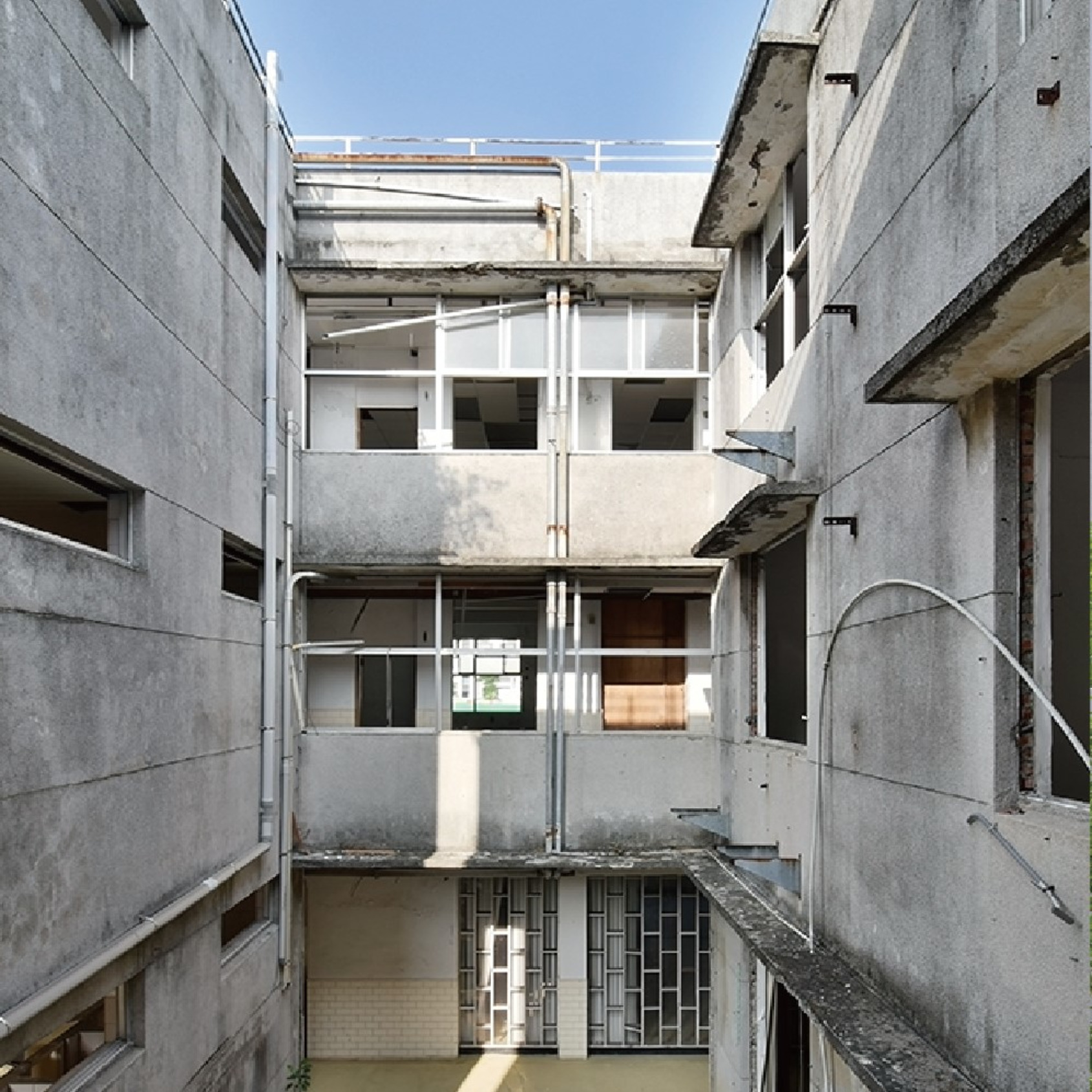
© ALIEN Art Centre
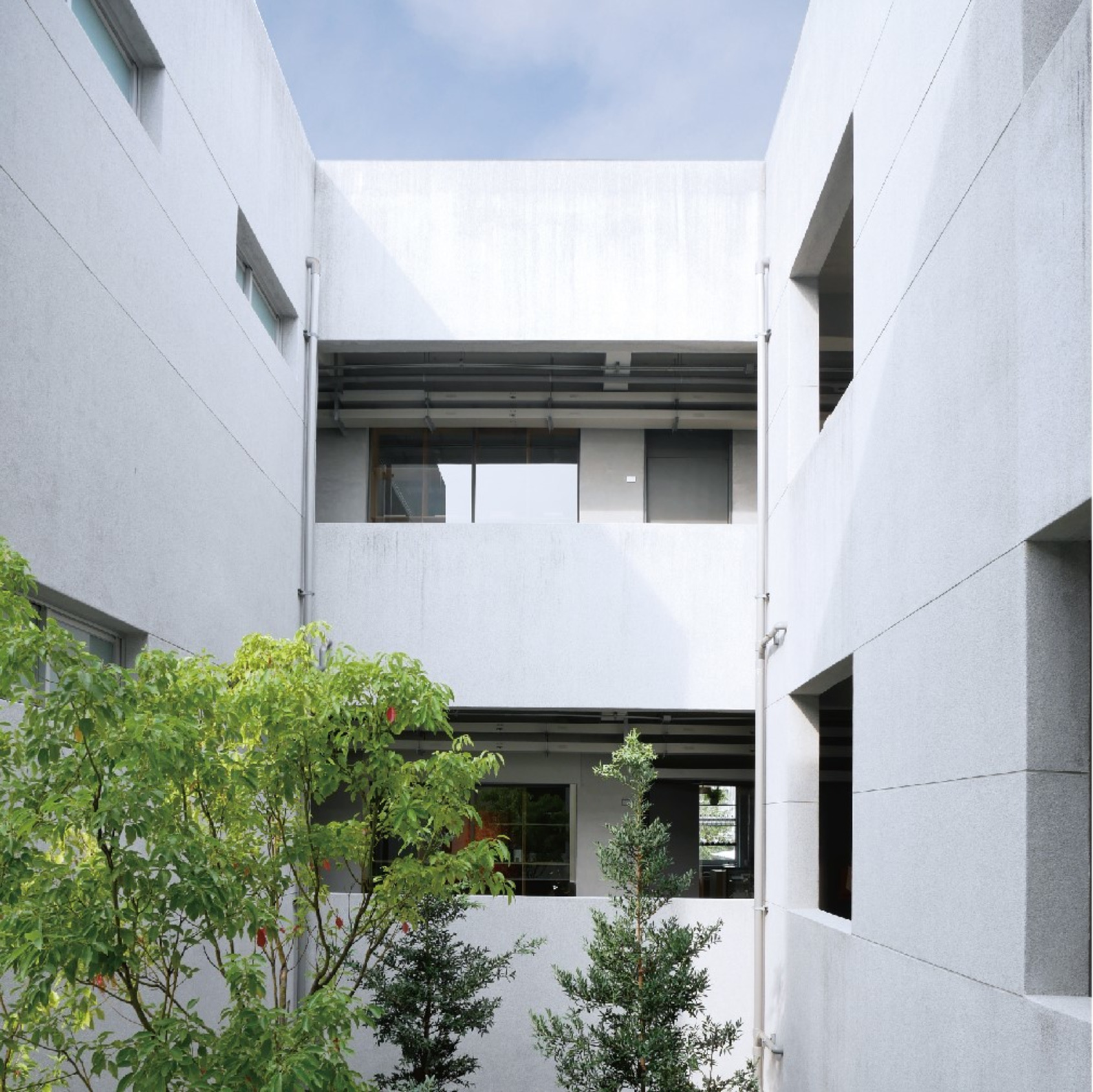
© ALIEN Art Centre
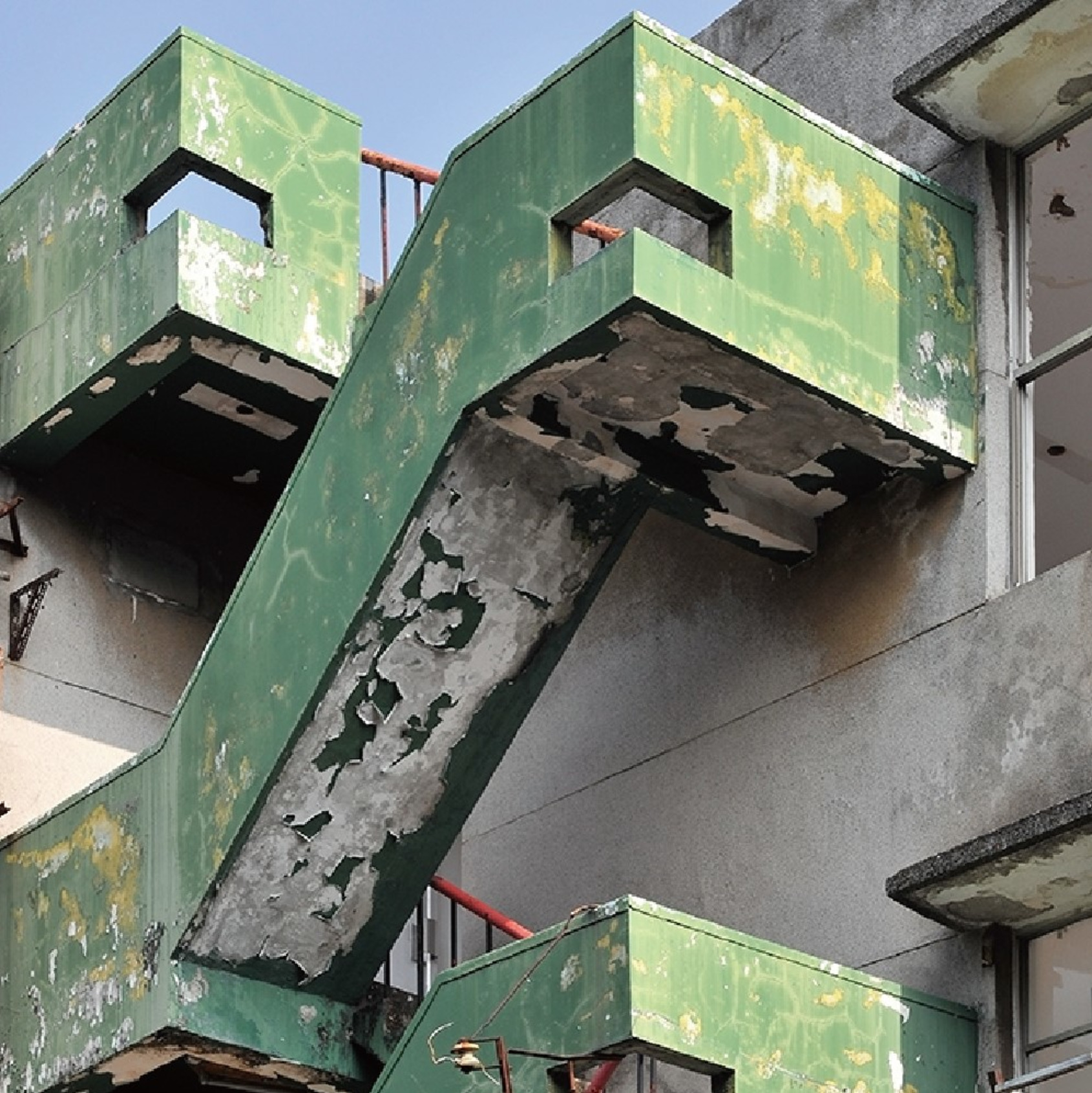
© ALIEN Art Centre
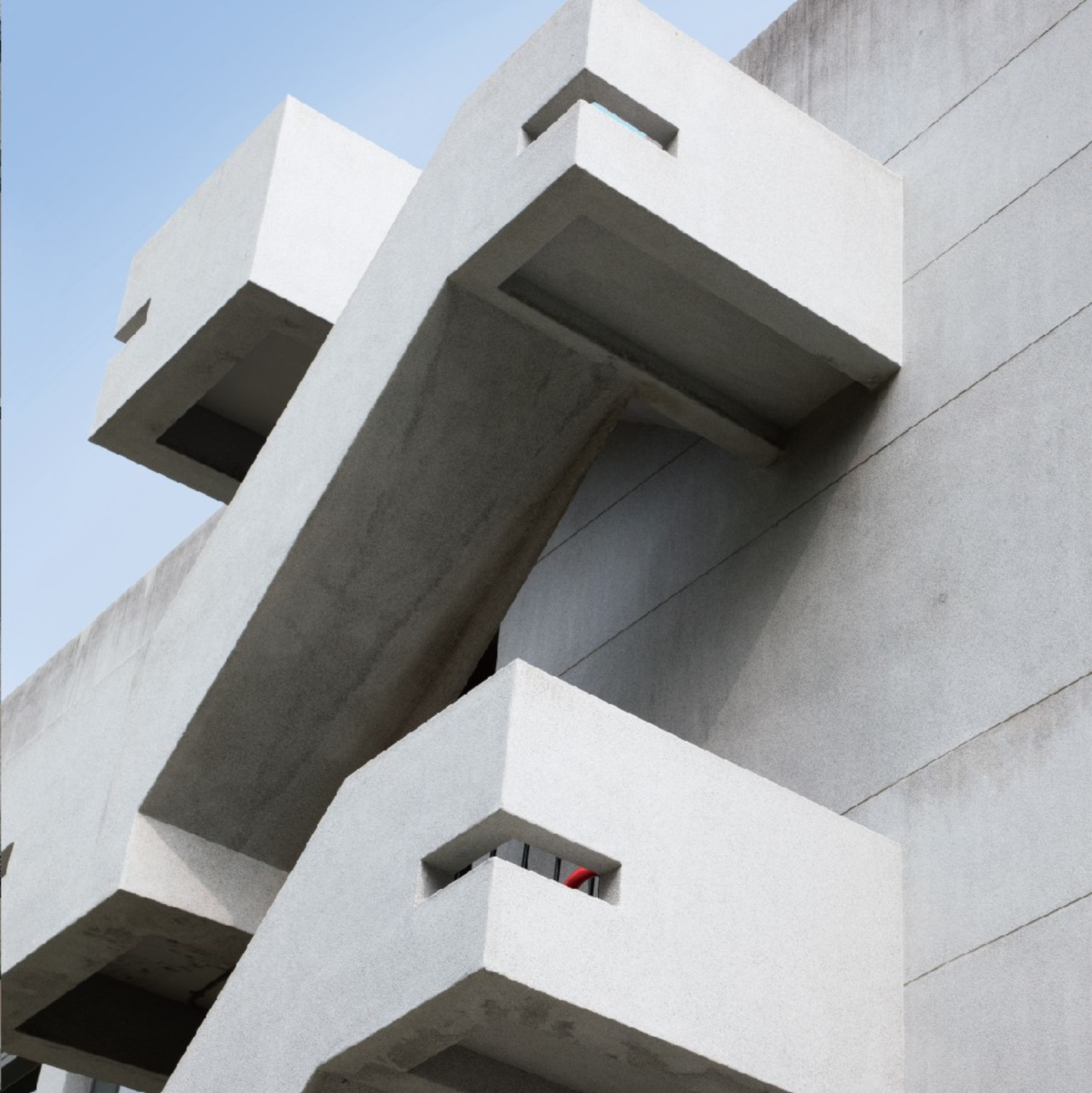
© ALIEN Art Centre
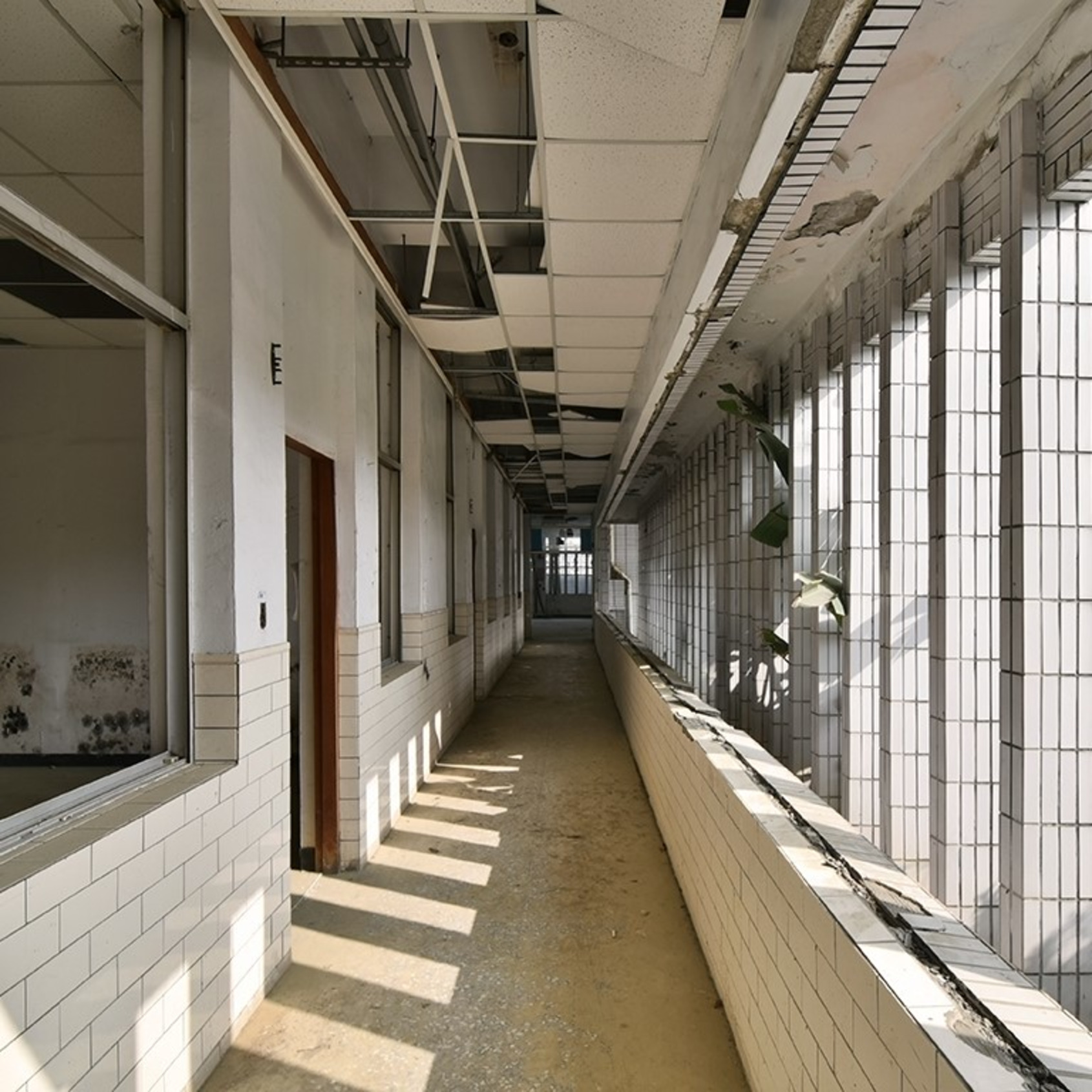
© ALIEN Art Centre
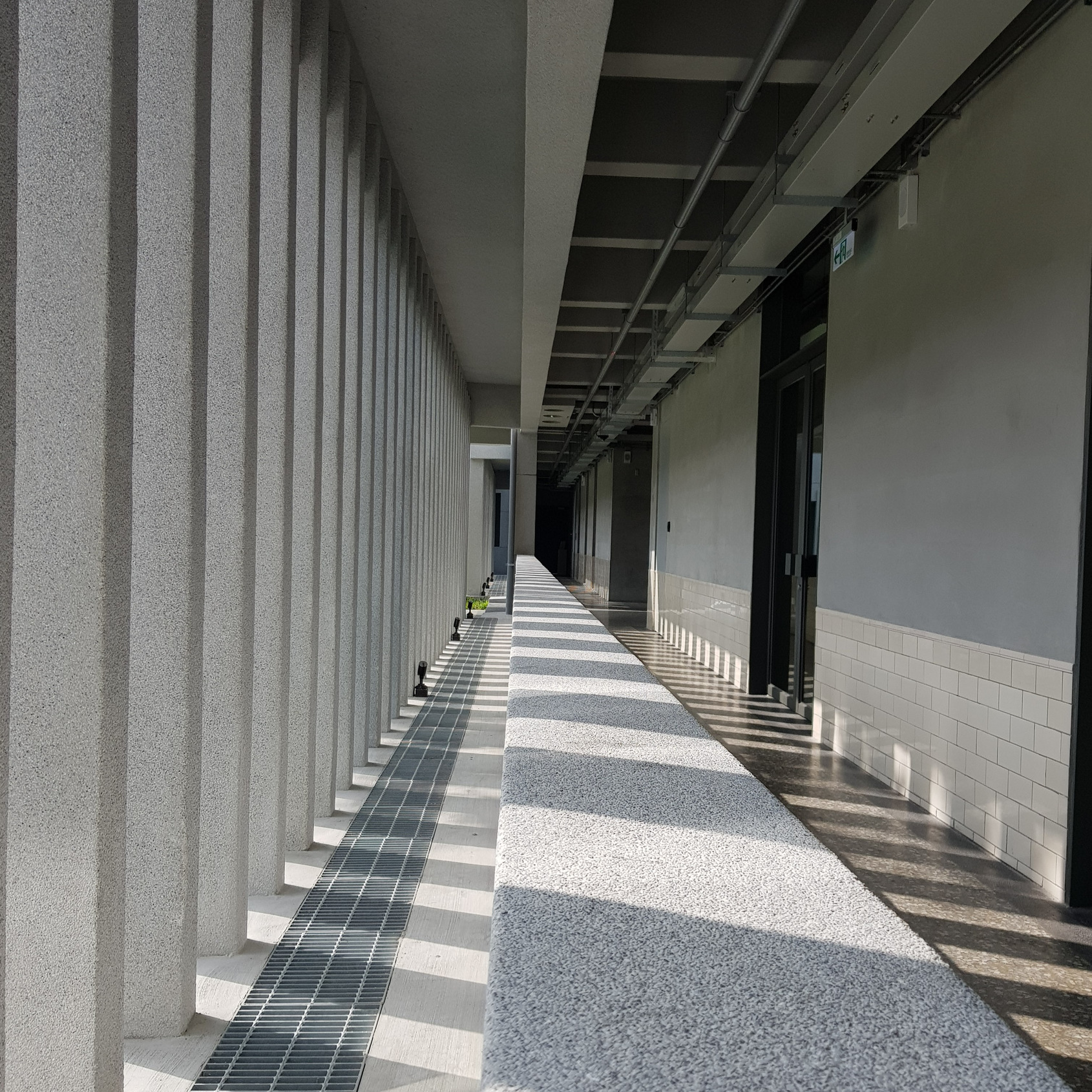
© ALIEN Art Centre 永添藝術金馬賓館當代美術館
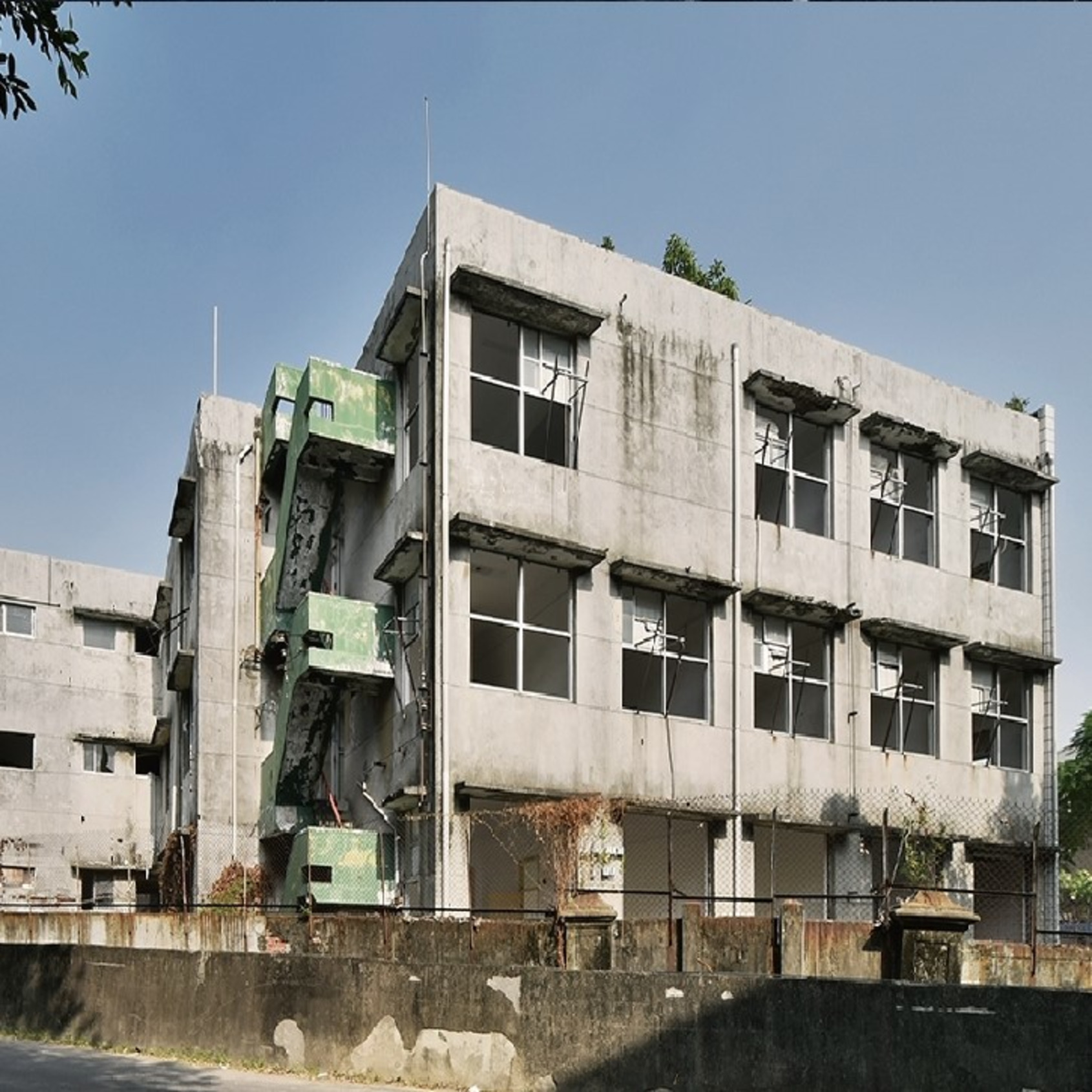
© ALIEN Art Centre
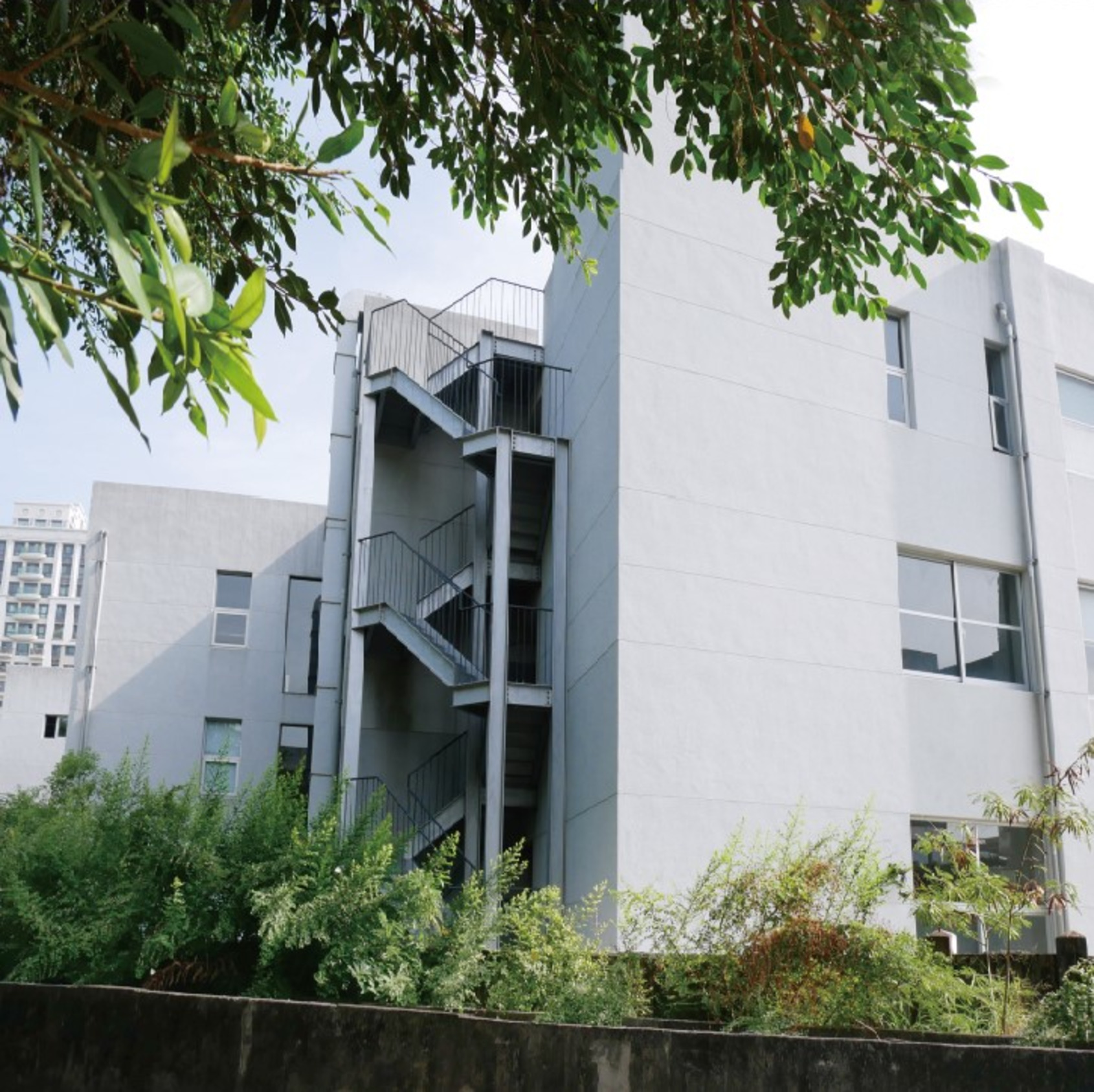
© ALIEN Art Centre
